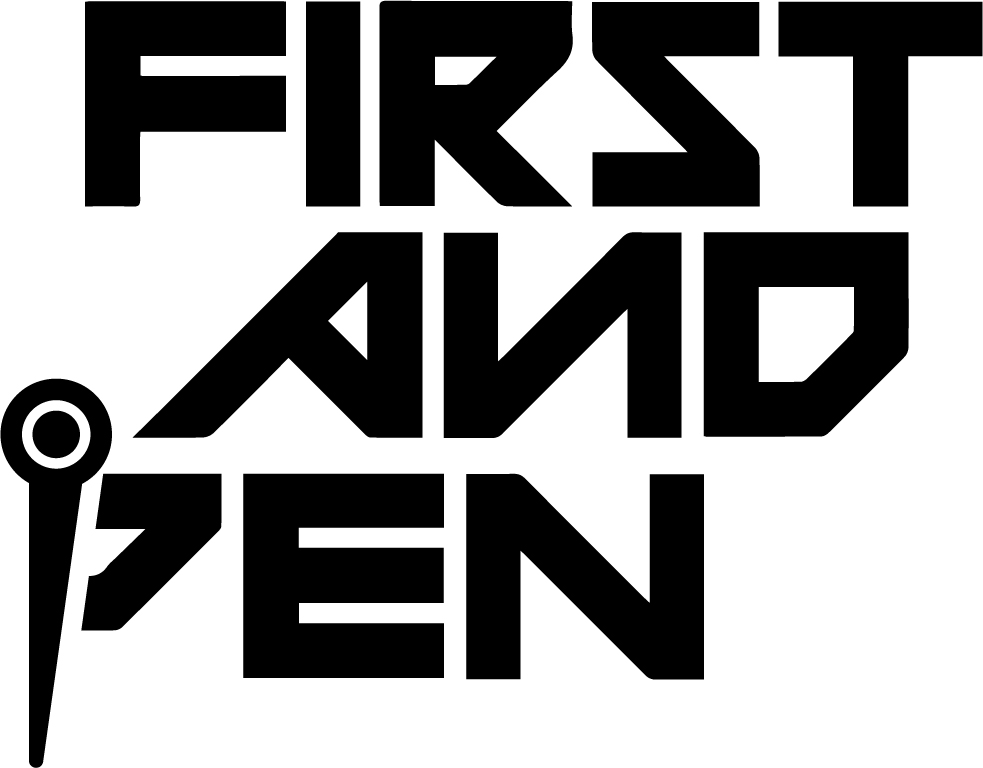NIL (Name, Image, Likeness) deals were created to finally provide college athletes with a path to financial compensation for their long-standing unpaid labor.
As athletes flex their NIL muscles and take advantage of the business system that the NCAA system helped create, we all knew the tears and criticisms would soon follow.
But to hear Alabama’s Nick Saban express his concern over NIL is downright hilarious.
In an interview with the Associated Press, Saban acknowledged the well-intended purpose of NIL deals but simultaneously sounded the alarm about these opportunities as well.
“The concept of name, image and likeness was for players to be able to use their name, image and likeness to create opportunities for themselves. That’s what it was,” said Saban. “So last year on our team, our guys probably made as much or more than anybody in the country.”
“But that creates a situation where you can basically buy players,” Saban continued. “You can do it in recruiting. I mean, if that’s what we want college football to be, I don’t know. And you can also get players to get in the transfer portal to see if they can get more someplace else than they can get at your place.”
The sheer audacity of his claim is rife in irony.
Nick Saban heads up one of the most historically significant programs in the country. During his 15-year reign, Saban shaped Alabama into the most dominant program over the last 20 years.
They’ve won three BCS Championships and three College Football Championships in six appearances.
Saban makes $9.5 million annually. For every year that he remains at Alabama through the 2028 season, his salary increases by $400,000 each year. That escalation keeps him at the top of the college football head coaching salary list.
Mind you, that does not include incentives or bonuses, which further separates him from the pack.
In addition to Saban’s salary, the school’s revenues are led by the football program.
In 2019 pre-pandemic revenues, Crimson Tide athletics generated $164 million, of which the football program earned $95.2 million.
That’s accounts for almost 60% of total revenues.
Once you subtract football expenses of $69.7 million, the program’s net profit was $25.5 million. Without this revenue, the athletic department would have posted an overall loss of $22 million.
That’s how important football is to Alabama and every institution that has a football program. It helps fund almost every other men’s and women’s athletic program.
That’s why Alabama and other D1 schools spend so much on their football programs.
Without football related expenditures, they can’t attract talent, sell tickets and merchandise, win games or make it to a bowl game or the College Football Playoff and reap those additional payouts.
In all fairness, Saban is not against NIL deals.
He understands how it can help athletes, particularly those who don’t have financial resources outside of their scholarship funding.
His concern is how it could affect recruiting and how it could become a tool to buy players.
But isn’t that why you build stadiums and invest millions into high-end locker rooms?
Those upgrades don’t directly put cash into the pockets of the players, but they are some of the biggest reasons that influence a recruit’s decision as to where he will be playing college ball.
Why do you think San Diego State University is building a brand new $310 million stadium and just secured a 15-year, $45 million naming rights deal with Qualcomm?
There’s a reason why Texas spent $7 million of their $10 million athletic center renovation on the football locker room alone.
LSU knew why it had to spend $28 million on renovations to their football locker room. And even though the money came from the Tiger Athletic Foundation, which is comprised of private donations, the rationale remains the same.
Buy players through glamourous amenities.
NIL is still untamed and schools are trying to regulate, or at least manage, these deals more effectively. They seek to influence what deals are allowed and the assets that can be used.
But athletes aren’t waiting around and are instead forging ahead and securing their financial independence and futures.
Most likely, that independence and financial savvy are the causes of angst for Saban and his fellow NIL annoyed coaches.
No longer must athletes have to attend Alabama or a Power Five school to earn money or garner exposure.
Student athletes can go to Jackson State, play for a nationally emerging program under Deion Sanders and build generational wealth through NIL deals.
NIL has cracked college football’s long-standing caste system.
It enables player independence and power and allows top recruits to consider schools outside of Tuscaloosa.
That’s what has coach Saban annoyed.
But don’t worry coach, Alabama will soon receive that annual $55 million check from the SEC’s current media deal.
And once that massive new ESPN-SEC deal starts in 2024, you’ll be able to buy players in other ways with that new money.











